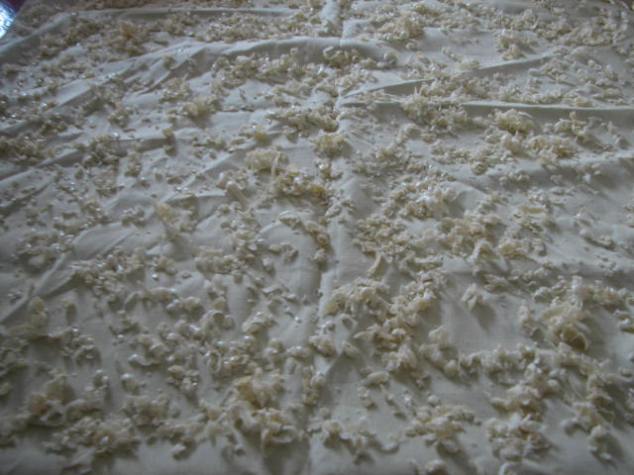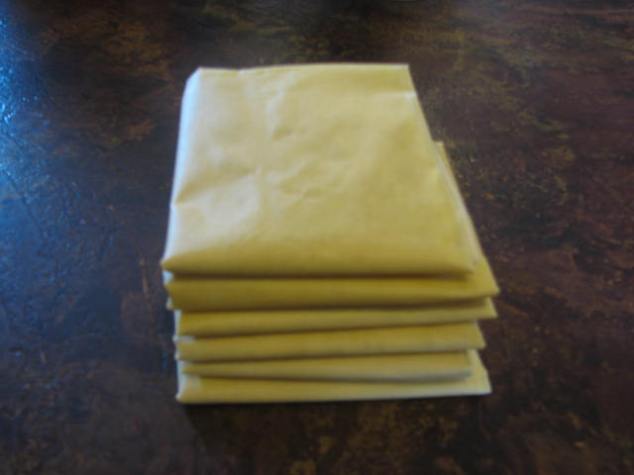I used to notice alot of pictures of bee hotels before we got the hive then really didn’t give them another thought. Hives are expensive though and not something everyone can afford, desire or have room for but these are such beautiful, useful additions to a garden. Besides giving homes for bees they encourage them to live in the garden and we benefit from the pollination from the bees – a win/win situation!Take a look at these lovely photos of hotels made from reclaimed materials, just gorgeous and I think we will make some ourselves now 🙂
For folks across the country, September heralds the change of season. Hot summer days are replacing with pleasant temperatures and cooler evenings. Leaves are showing the first blush of fall color. Warm season crops such as peppers and tomatoes are still producing. And the bees foraging in the garden are making a final push to gather nectar and pollen before the weather turns cold. But with all the buzzing going on, are you noticing other types of bees?
While folks may recognize a honey bee, what about the other insects that seem to be on the plants collecting pollen. Do you know what they are? Folks, many of these insects are what as known as native bees (the common honey bee was originally imported from Europe). These bees were here before the introduction of honey bees. Another term use for native bees is solitary bees or even pollen bee.
These…
View original post 643 more words








